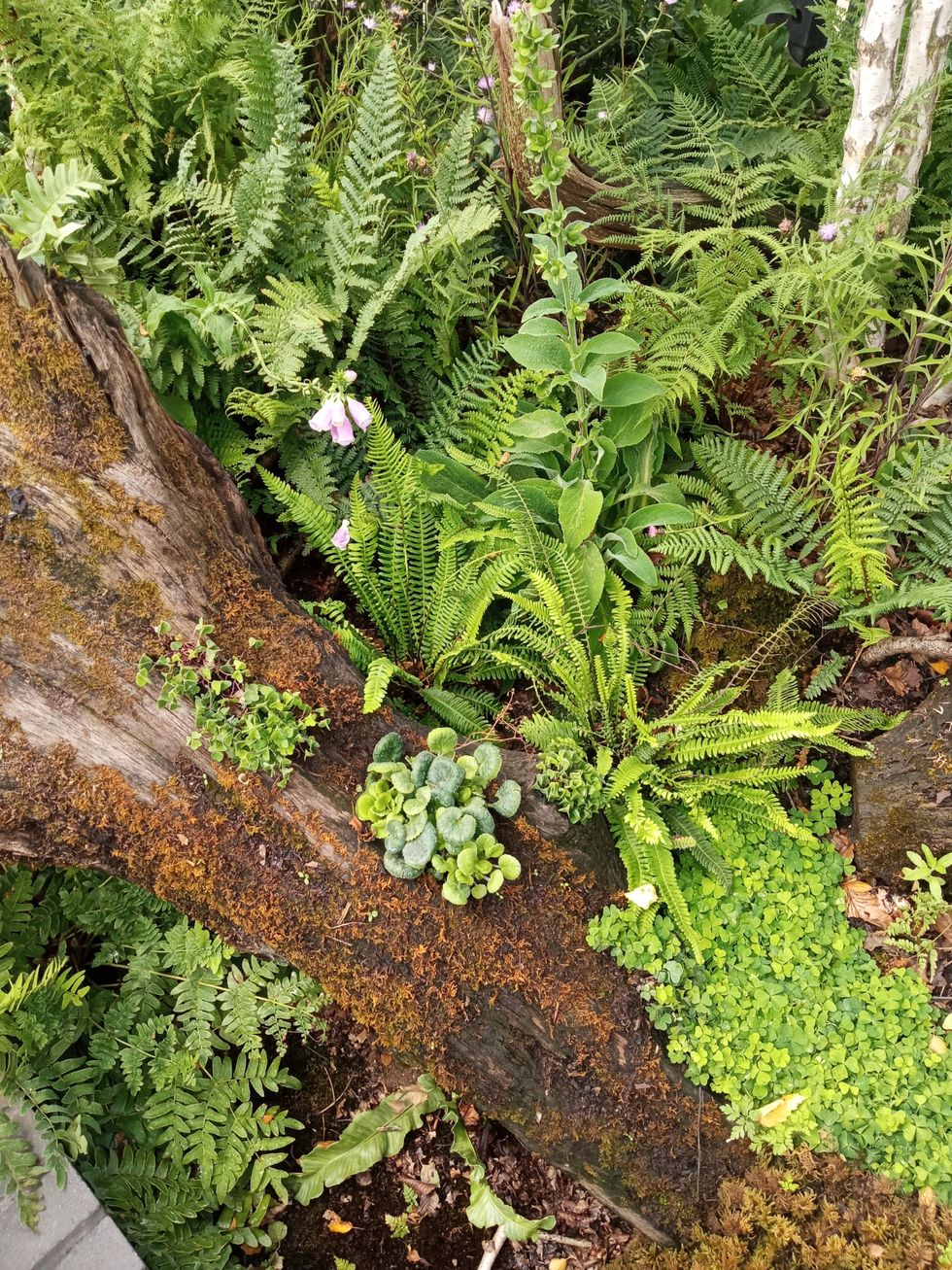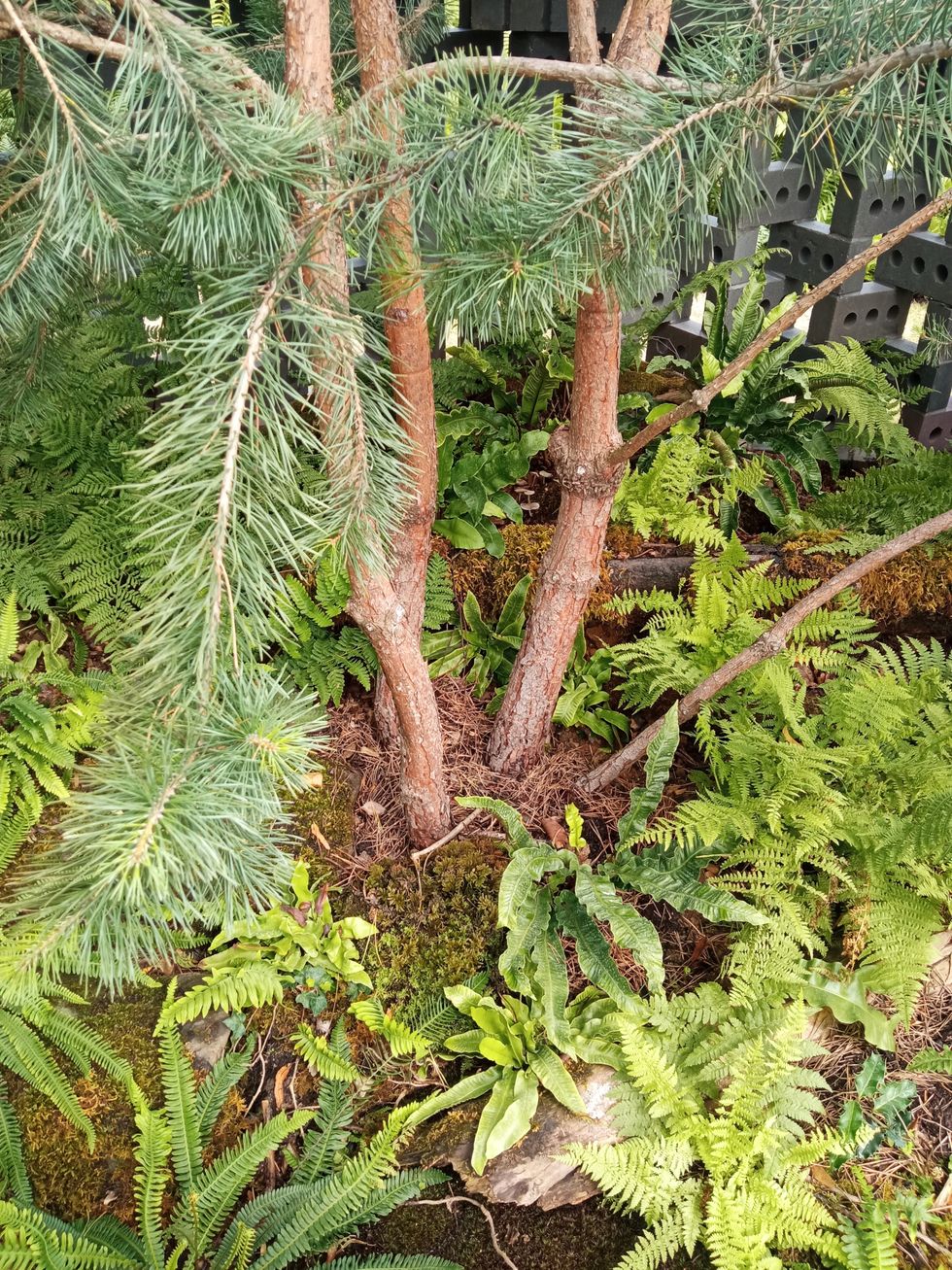INDIAN scientists have spotted thousands of tracks on Mars' surface created by tumbling boulders, reported India Today.
Scientists at the Physical Research Laboratory in Ahmedabad believe that these boulder tracks can be used to pinpoint recent seismic activity on the planet, the report added.
Dr S Vijayan, assistant professor with the planetary science division at the Laboratory, who led the research, has said that Mars is currently active.
The study published in Geophysical Research Letters has revealed that it takes about two to four Martian years (four to eight Earth years) for these boulder tracks to disappear, whereas on Earth they are rarely preserved.
According to the report, these ejections and tracks can be used to recognise very recent surface processes on planetary surfaces.
"When a boulder falls, at each bounce the regolith (Martian surface material) on the surface is thrown out in a unique pattern. On Mars, these patterns appear V-shaped, with the spread pointing downslope and the spacing between each bounce is non-uniform. The spatial spread of Boulder Fall Ejecta (BFE) varies from bounce-to-bounce and boulder-to-boulder," the India Today report quoting the research said.
The report added that the patterns of tracks on the surface are formed by the bouncing of boulders, and 4,500 such tracks have been spotted in the nearly 900-kilometre length of the surface.
Nearly 30 per cent of these ejections are observed in the Cerberus Fossae region, which suggests it is one of the most seismically active regions on Mars.
Researchers at the Laboratory glanced over thousands of images captured from 2006 through 2020 by the High-Resolution Imaging Science Experiment (HiRISE) camera onboard Nasa’s Mars Reconnaissance Orbiter. They found unique tracks all over indicating recent activity on the planet.
"Most of these tracks that they have spotted are likely just a few decades old, some even younger than that. These tracks take a few years to disappear, which indicate that the ones we have spotted are fairly new," Dr Vijayan was quoted as saying by India Today.
"Identification of BFE in Mars and other planetary/satellite bodies is an important piece of direct evidence for recent boulder falls within the last few decades and is a good indicator for geologically active regions."
Scientists last year confirmed that the planet’s centre is molten, likely having a similar composition as Earth, which has a molten outer core and a solid inner core.
According to India Today, the new research further adds to the intrigue of geological activity on Mars, making it crucial to understand.




















 The circular structure inspired by jali screens in India
The circular structure inspired by jali screens in India Jewlsy and Mike
Jewlsy and Mike Jose Mathews Payyanat
Jose Mathews Payyanat Sophie, Duchess of Edinburgh, at the garden
Sophie, Duchess of Edinburgh, at the garden
 The couple display their medals
The couple display their medals